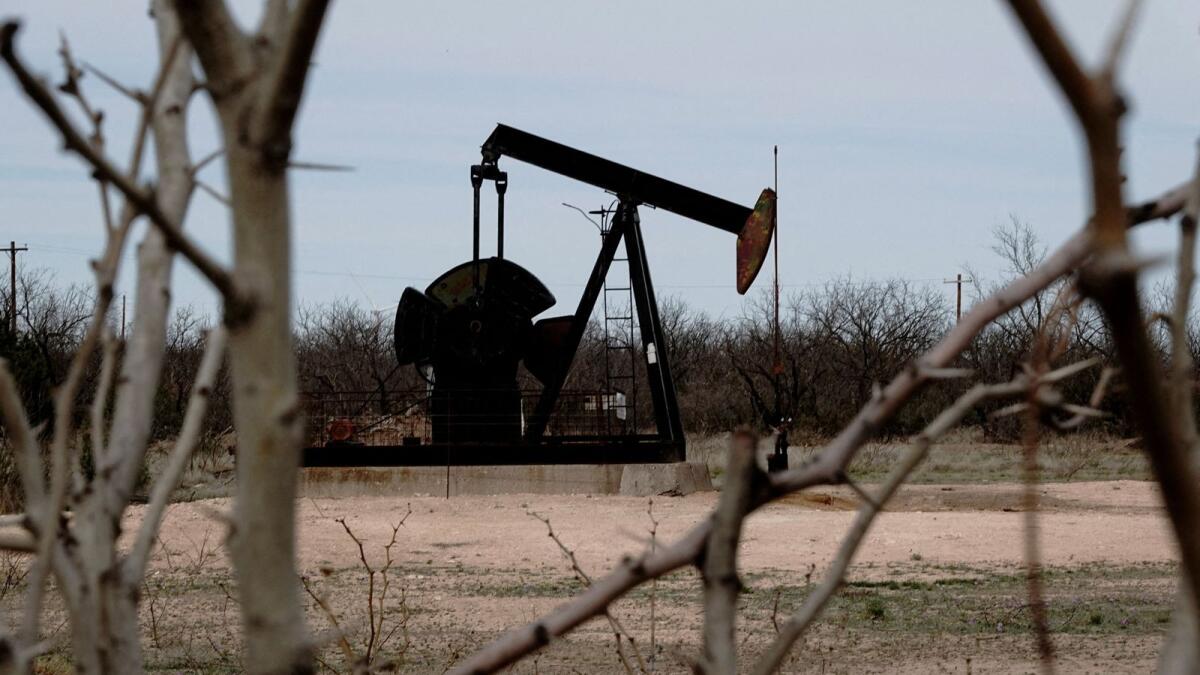Opec recently raised its world oil demand forecasts for the medium and long term, citing growth driven by countries like India, Africa, and the Middle East, as well as a slower transition to electric vehicles and cleaner fuels. This outlook differs from other forecasters like BP and the International Energy Agency, which predict oil use to peak this decade. Opec’s Secretary-General, Haitham Al Ghais, emphasized that future energy demand will come from developing nations due to factors such as increasing populations, a growing middle class, and urbanization.
Despite the recent drop in global benchmark Brent oil prices, Opec remains optimistic about long-term oil demand. The group predicts a strong growth of 24% in global energy demand between now and 2050. In the medium term, Opec expects oil demand to reach 112.3 million barrels per day in 2029, a significant increase from the 2023 levels. Furthermore, the report estimates that world oil demand will reach 118.9 million bpd by 2045 and 120.1 million bpd by 2050, surpassing other industry forecasts.
Some industry experts, like the International Energy Agency, see a different trajectory for oil demand. The IEA forecasts demand to level off around 106 million barrels per day by the end of the decade, expecting a peak in demand during that period. On the other hand, S&P Global Commodity Insights predicts a peak demand of 109 million bpd in 2034, gradually declining to below 100 million bpd by 2050. Despite differing forecasts, all parties agree that demand will decrease in the developing world while increasing in emerging markets like India.
In the near-to-medium term, analysts are bearish on oil demand and prices, despite efforts by Opec+ to limit market supply by extending crude production cuts into December. The ongoing debate revolves around whether the market has reached peak oil demand, with uncertainties related to the future of oil consumption. Opec’s projections suggest that by 2050, there will be 2.9 billion vehicles on the road, with combustion engine-powered vehicles still dominating the global fleet despite the rise of electric vehicles. Various obstacles, such as electricity grids, battery manufacturing capacity, and access to critical minerals, remain challenges for the electric vehicle market.
Looking ahead to 2050, Opec expects its share of the oil market to increase to 52% from 49% in 2023 as US output peaks in 2030 and non-Opec+ output reaches its peak in the early 2030s. This shift in market dynamics reflects Opec’s continued importance in the global oil industry. Overall, the debate surrounding oil demand forecasts highlights the complex interplay of factors shaping the future of the energy landscape, with implications for both producers and consumers around the world.











